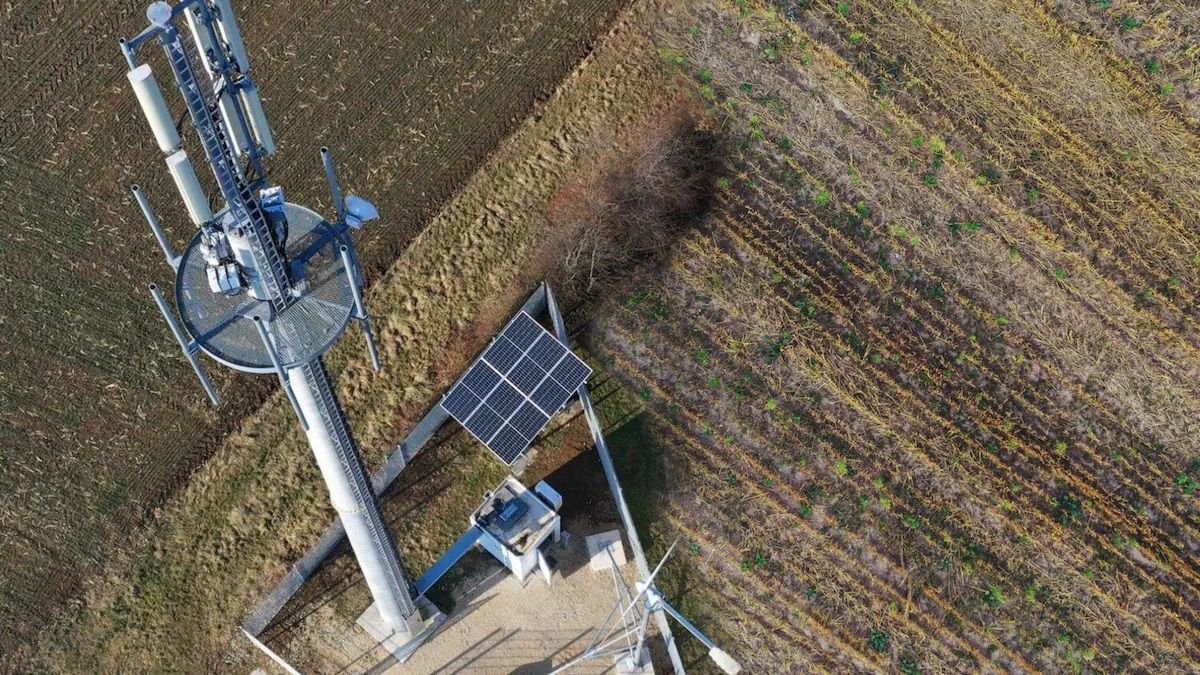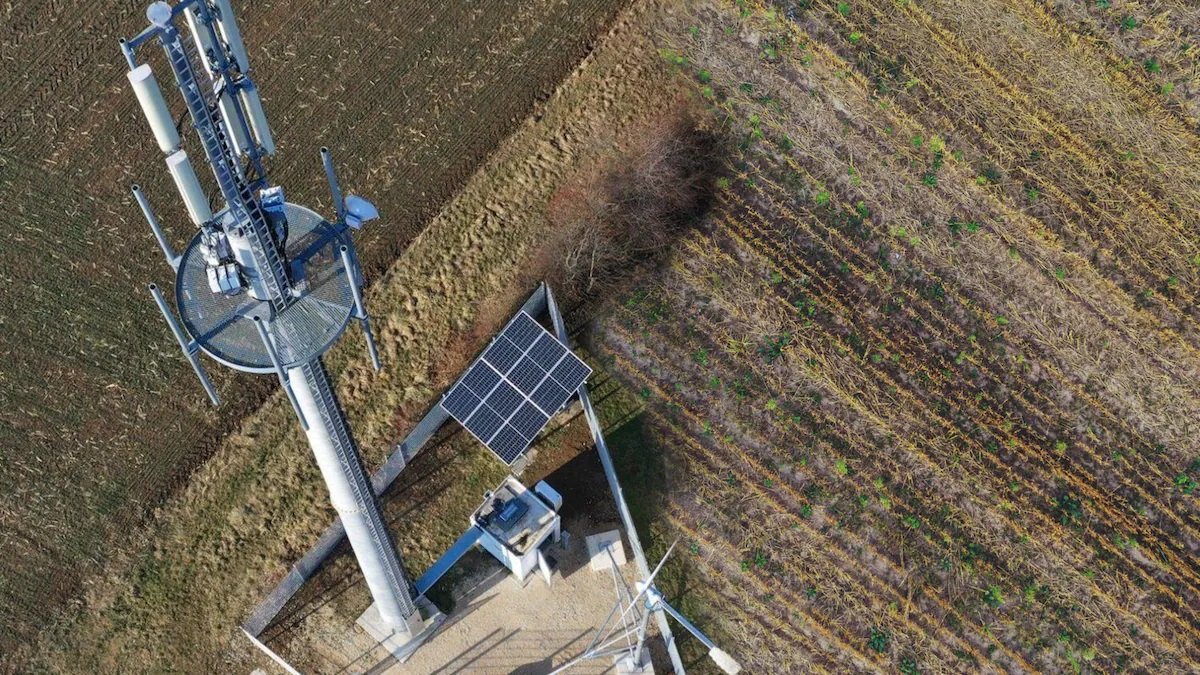

Ericsson and Deutsche Telekom are studying how wind can power 5G mobile sites to reduce emissions and help operators cope with rising electricity costs.
The Dittenheim site in Bavaria has been partially powered by 12 square meters of solar panels for more than a year. Now the two companies have added a wind turbine capable of providing up to 5 kilowatts of additional power.
The combination of the two sustainable energy sources means that, in theory, the site can operate independently of its connection to the conventional electricity grid, weather conditions permitting.
Wireless power
The power system is integrated into the same management system as Ericsson's Radio Access Network (RAN) equipment, simplifying the installation and control process, the software drives automation, reducing the risks of hazards and allowing optimal use of the energy saved in the batteries. .
In the future, the partners will add additional capacity and means to store excess power and explore how fuel cells can replace the need for standby diesel generators.
"At Ericsson, we are committed to working with our customers to help them reduce their carbon emissions," said Heather Johnson, Ericsson's vice president of sustainability and corporate responsibility. “This partnership is a great example of how we achieve this through our best-in-class energy efficient equipment, which can run entirely on renewable energy.
Even before the recent rise in energy prices, mobile operators were looking for ways to make their networks more efficient to minimize the impact of increased data consumption and meet their commitments to sustainable development. Renewable energy is essential in this business, although 5G itself is a more energy efficient standard by design.
A recent GSMA report found that the mobile industry has completed a significant process to decouple data traffic from electricity consumption and carbon emissions, with 62% of the industry expected to reduce emissions by the end of this decade. Additionally, half of the industry has committed to achieving net-zero emissions by 2050.